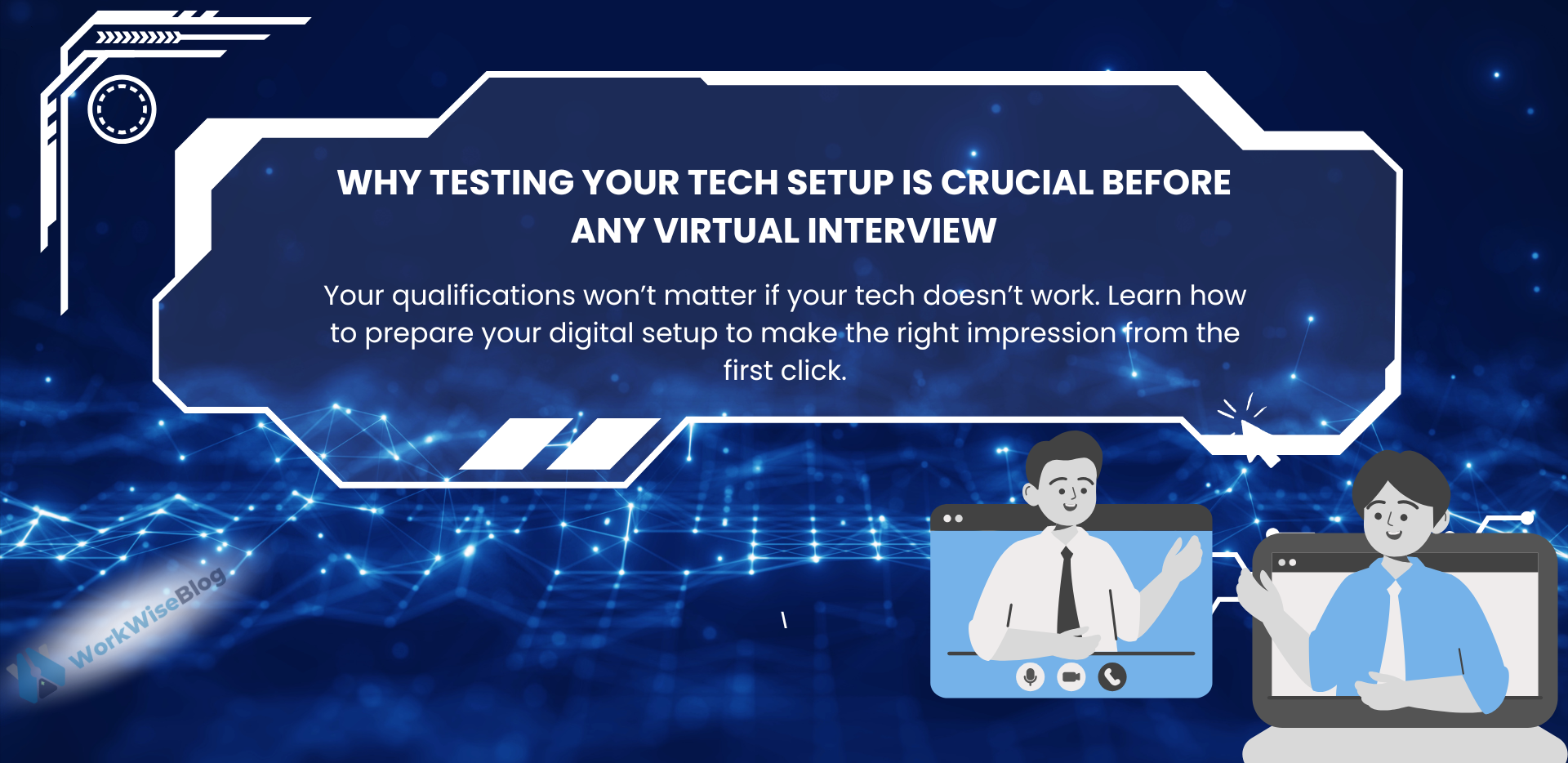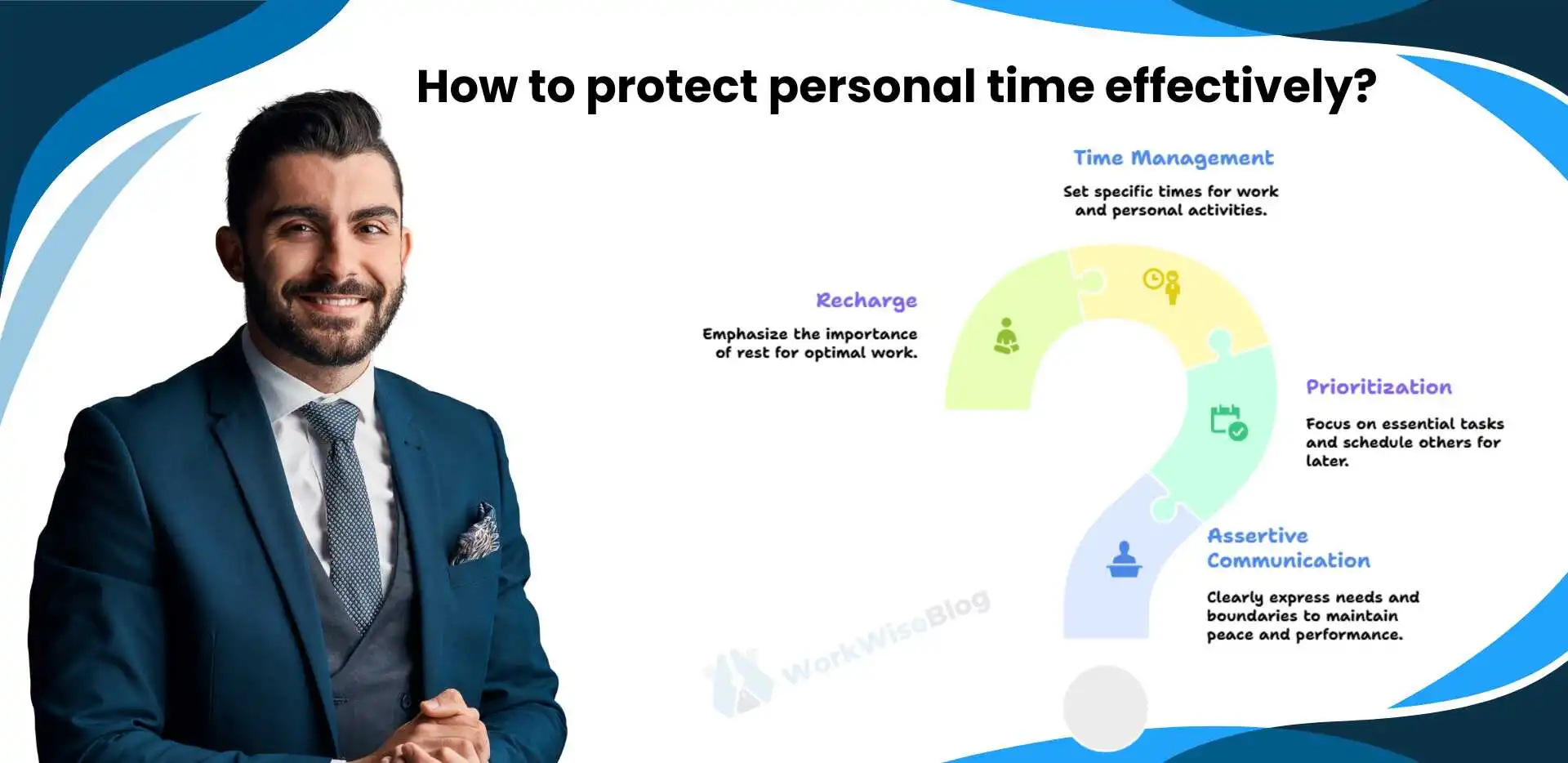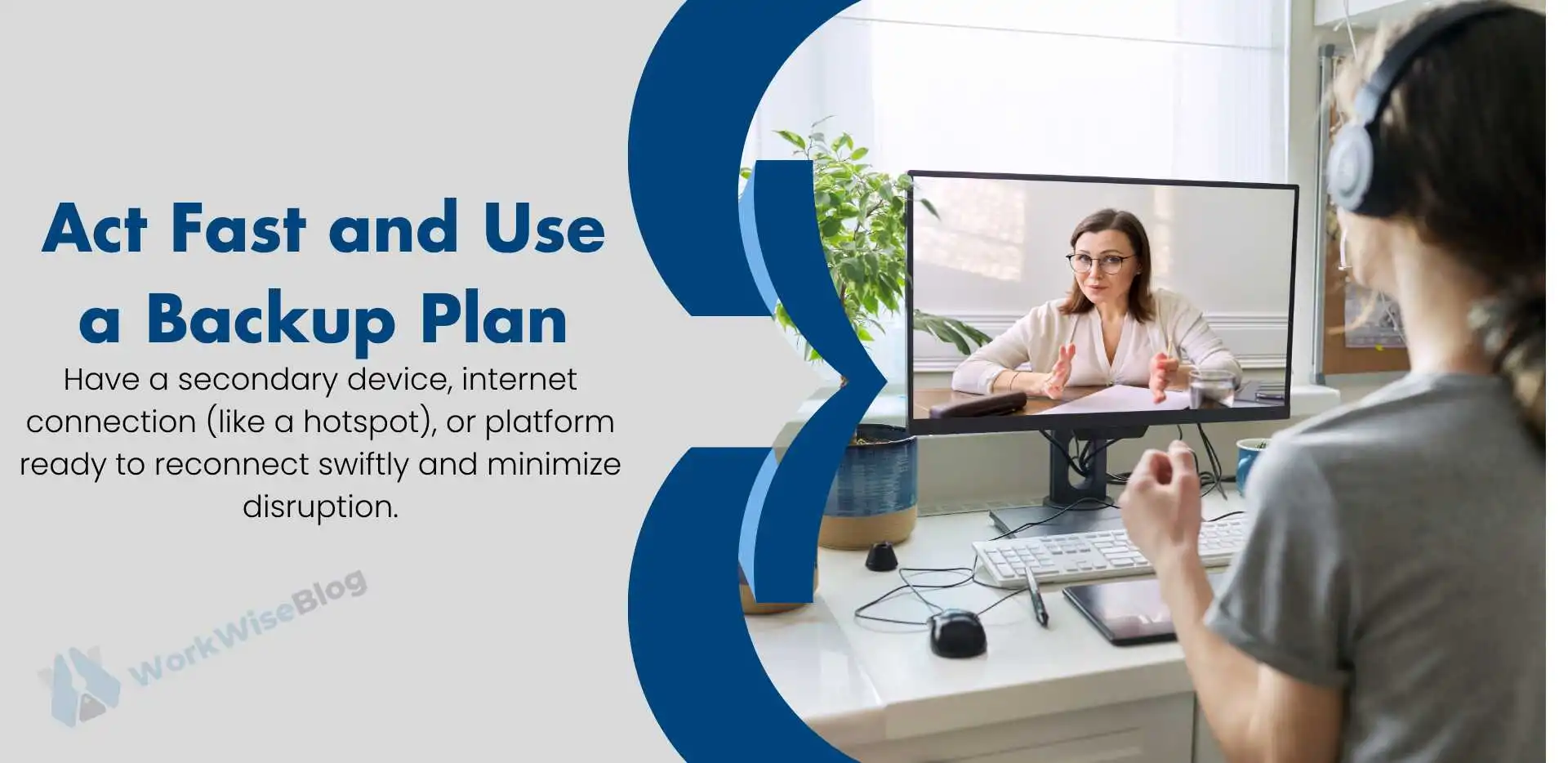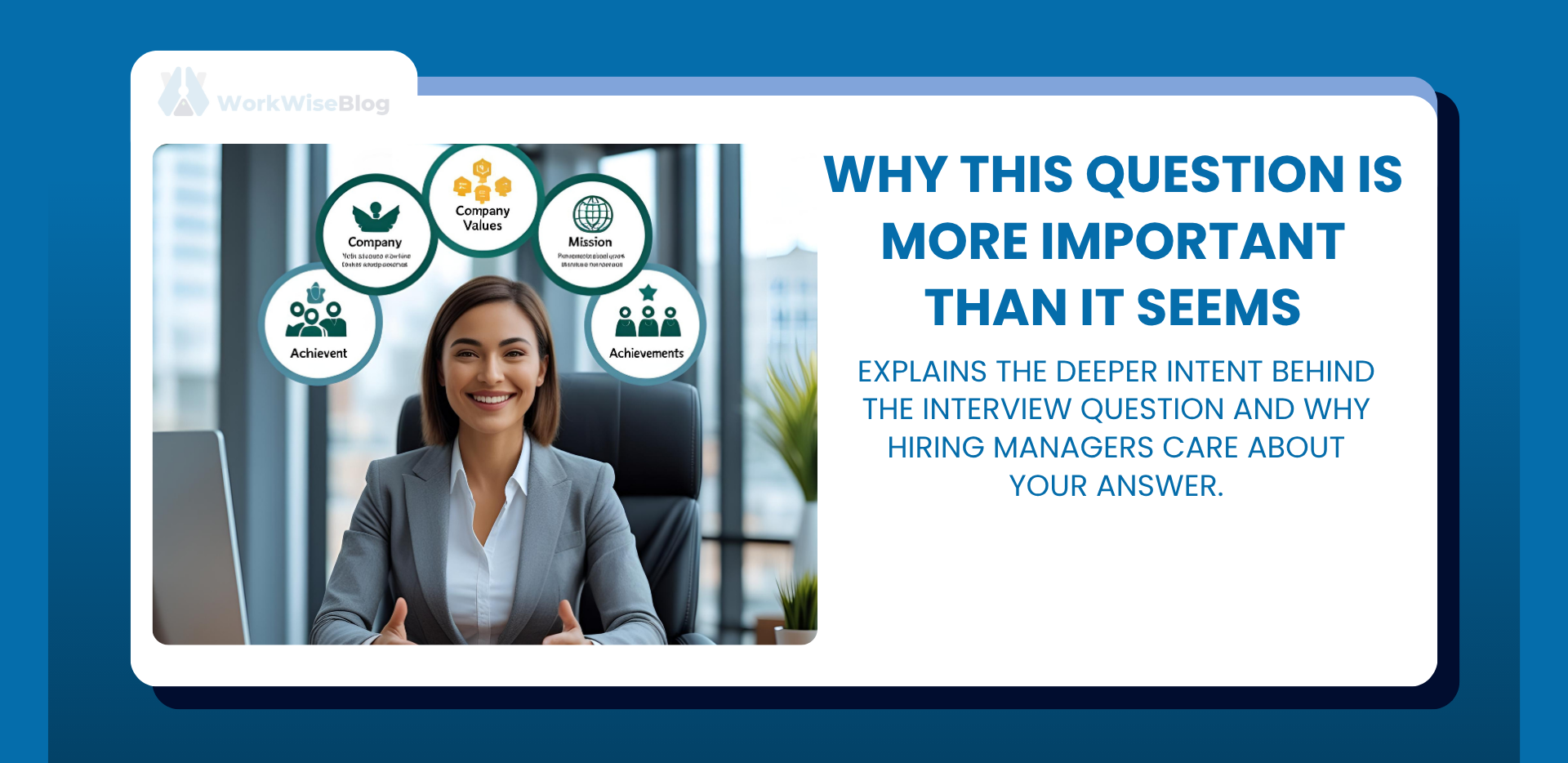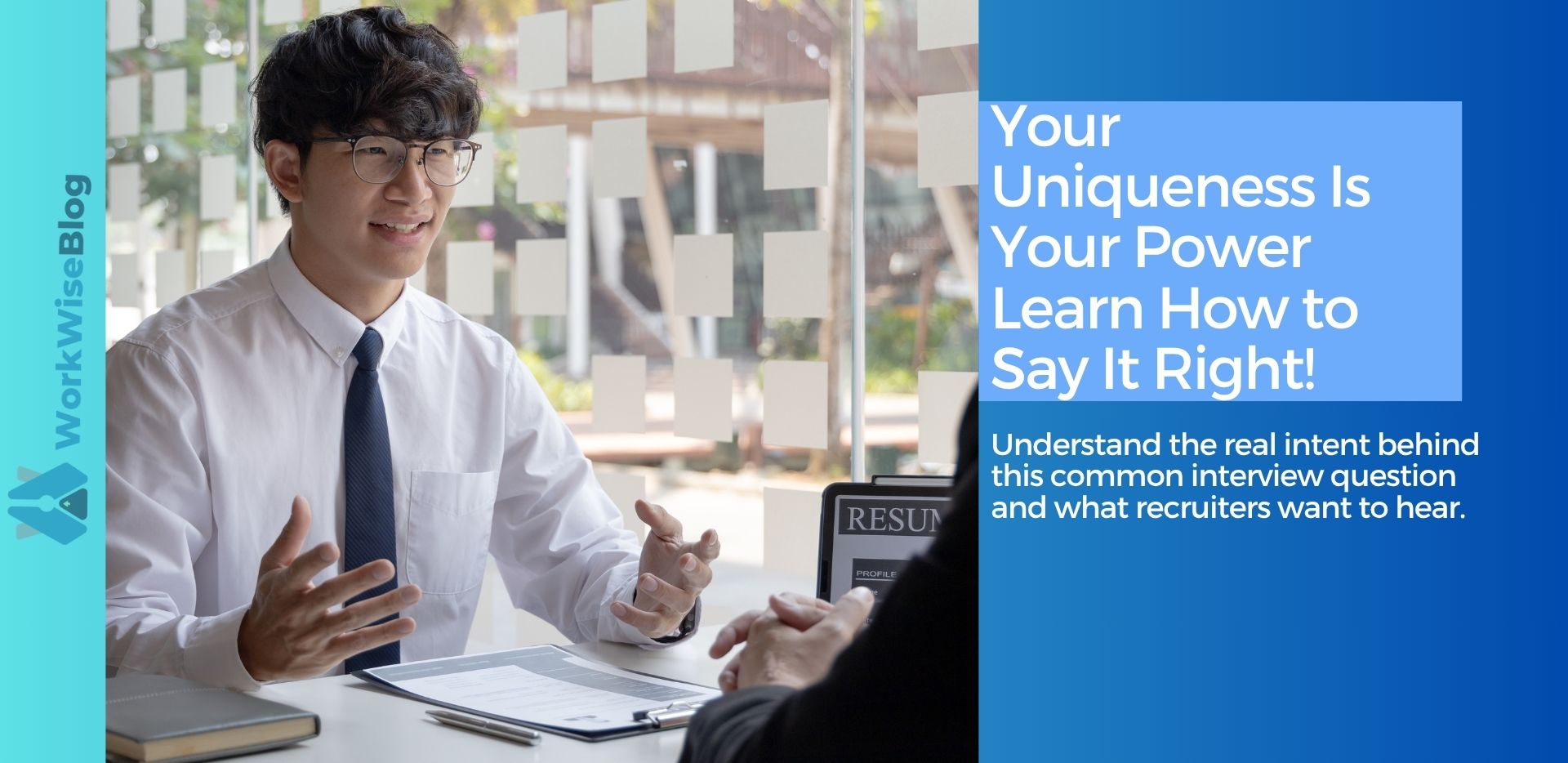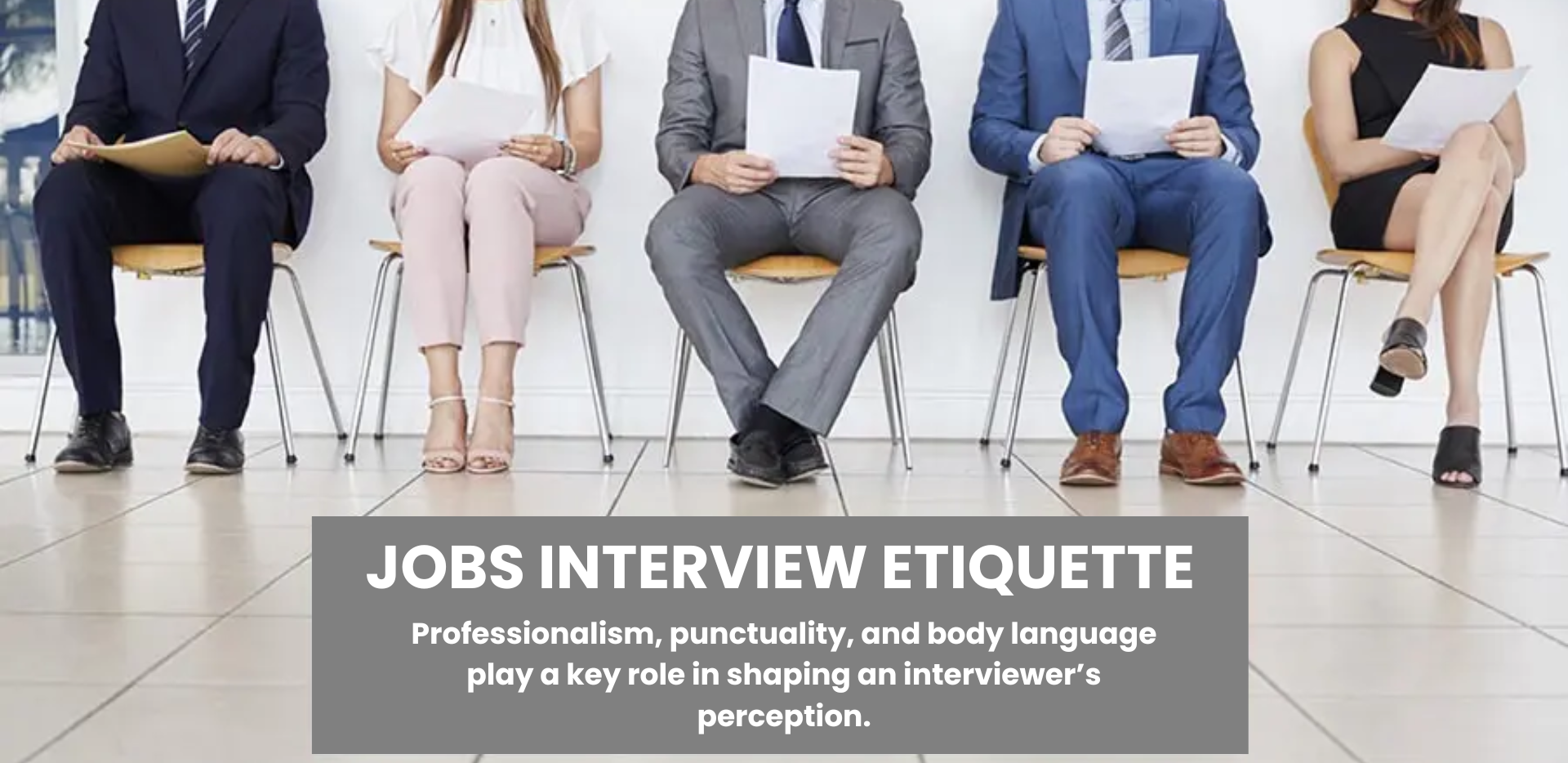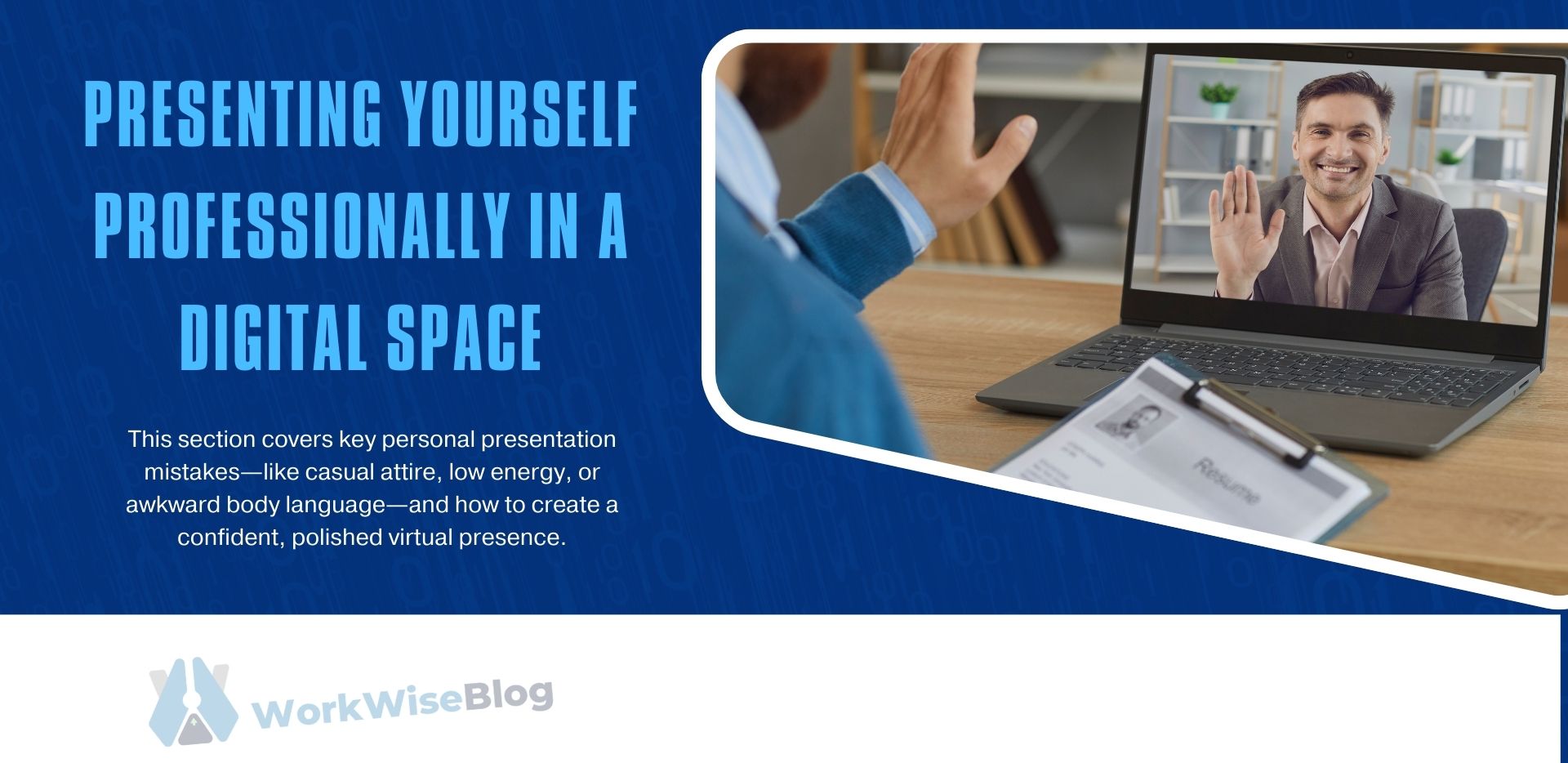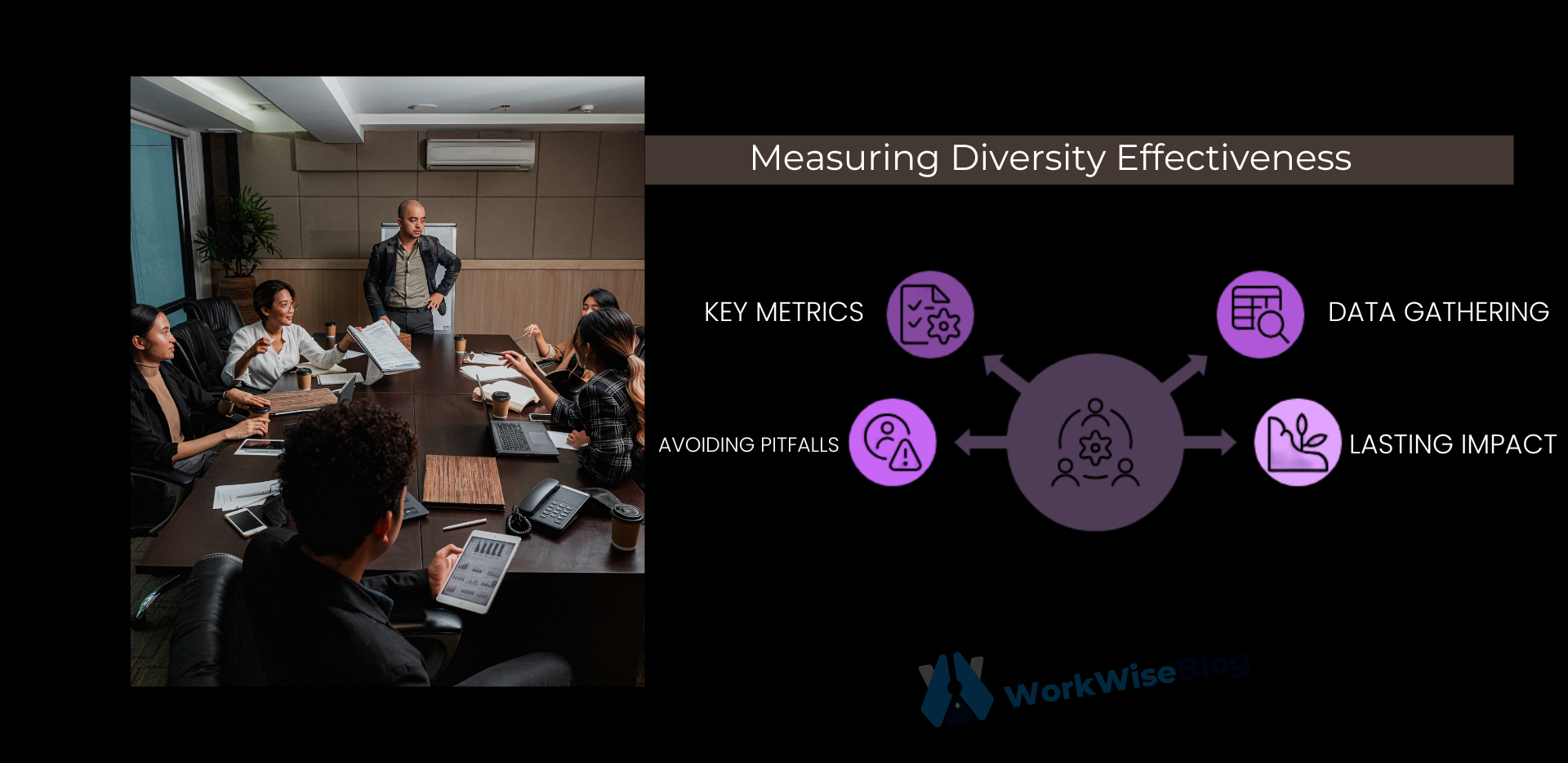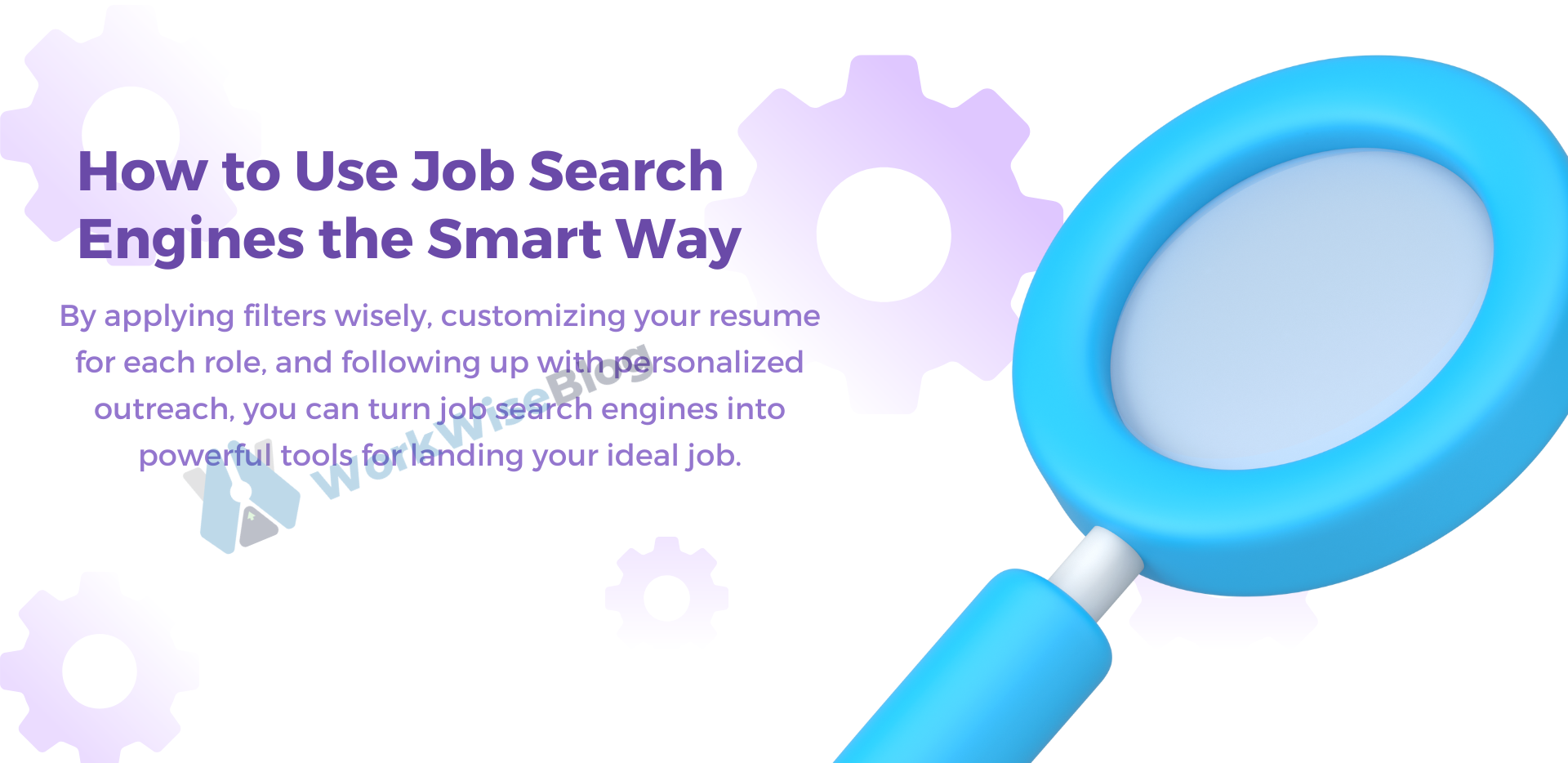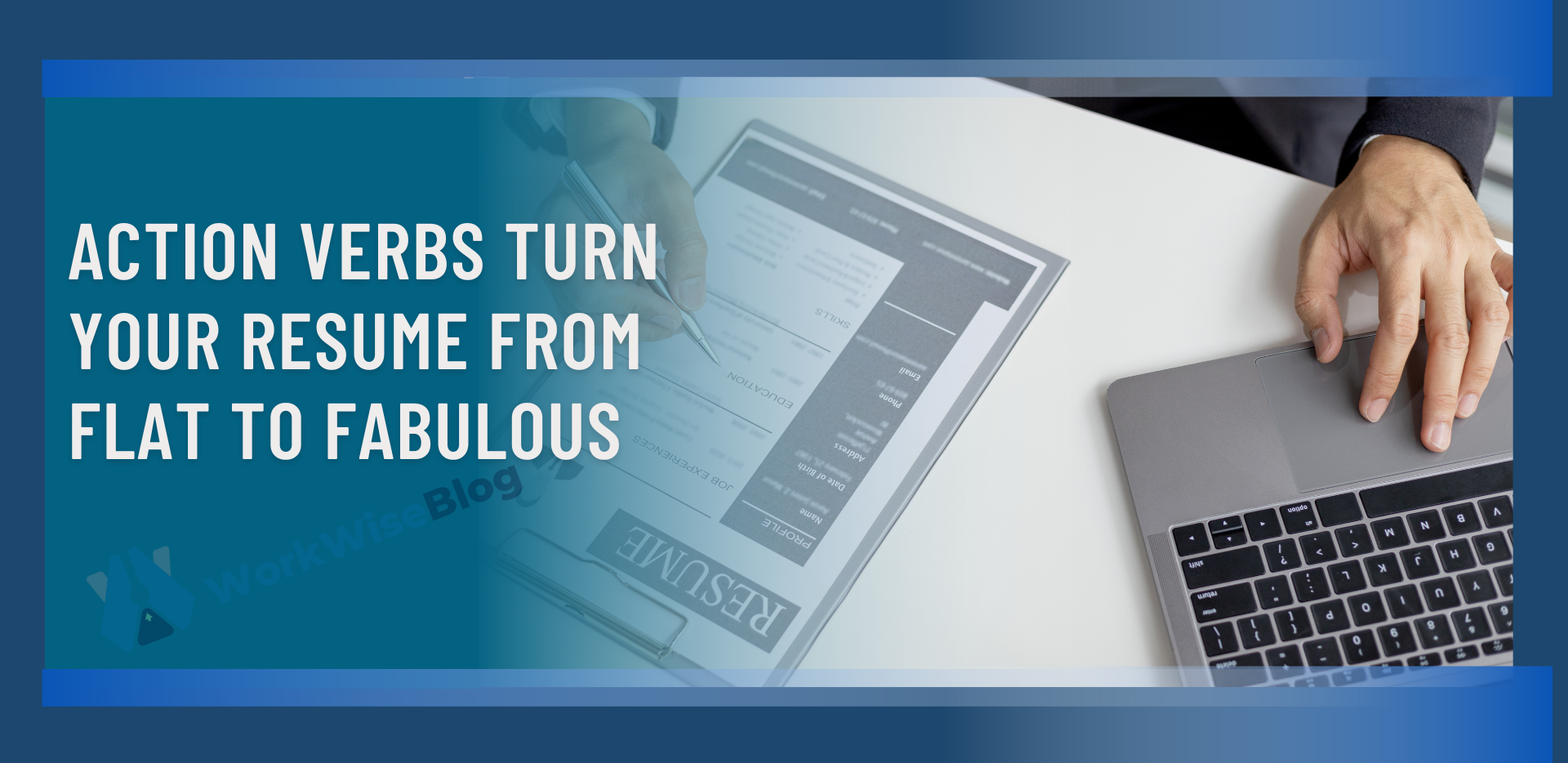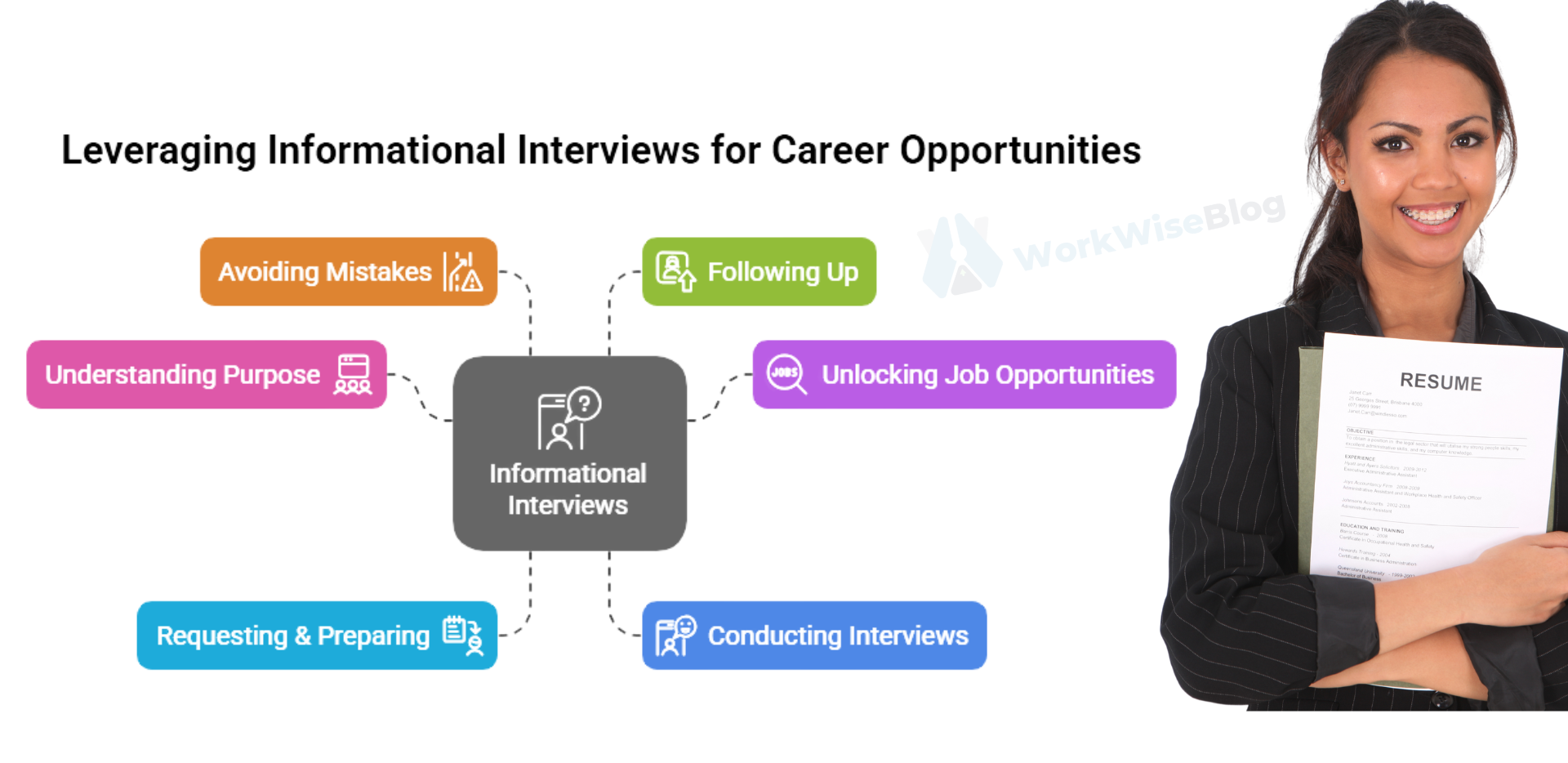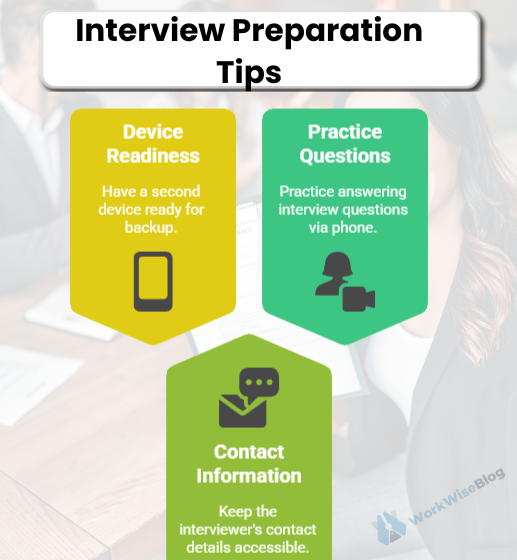
1. First Impressions Are Still Crucial
Just because you’re interviewing from your home doesn’t mean standards are lower. In fact, virtual interviews put more emphasis on professionalism—and your tech plays a big part in that.
- A clear video and audio setup shows you’re organized and serious.
- A smooth connection signals that you’re prepared and reliable.
- No delays or glitches help you stay focused and confident.

Did You Know?
Recruiters form an opinion about candidates in the first 7 seconds. A laggy screen or muted mic in that window can affect how they perceive your overall communication skills—even if you’re saying all the right things.
2. Tech Issues Distract from Your Message
No matter how strong your resume or answers are, tech problems during your interview can distract the interviewer and cause your message to get lost.
- Your brilliant answer about leadership becomes frustrating if your audio cuts out.
- A frozen screen during your portfolio walkthrough can undermine your hard work.
- Repeated “Can you hear me?” moments can break the flow of conversation.
Remember:
Hiring managers aren’t just listening to what you say—they’re assessing how you handle pressure and communicate. Avoid unnecessary distractions by making sure your tech supports your performance, not hinders it.
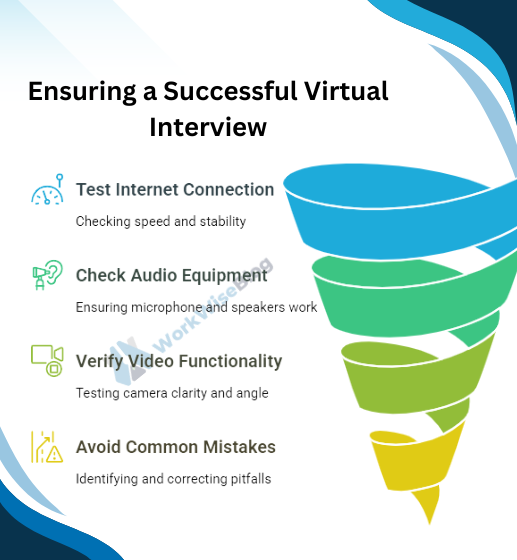
3. What to Test Before Your Virtual Interview
Let’s break down the essentials you should test—ideally 24 hours in advance, and again 30 minutes before the interview.
Internet Connection
- Use a wired connection if possible, or position yourself near the router.
- Run a speed test (Google “speed test”) to ensure at least 10 Mbps upload/download speed.
- Close other apps or browser tabs that may use bandwidth.

Pro Tip:
If your internet is unreliable, have a mobile hotspot or a friend’s place as backup.
Camera Quality & Angle
- Use a laptop or external HD webcam—avoid using your phone unless absolutely necessary.
- Clean the lens and adjust lighting so your face is clearly visible.
- Frame yourself from the chest up and make sure your background is tidy.
Pro Tip:
Practice eye contact by looking at the camera, not the screen.
Microphone & Audio
- Use wired or wireless headphones with a built-in mic for better clarity.
- Avoid echo and background noise—test in a quiet room.
- Check your system settings to make sure the mic is selected and working properly.
Pro Tip:
Record a short test clip to hear how you sound.
Video Platform Access
- Download the platform (Zoom, Microsoft Teams, Google Meet, etc.) ahead of time.
- Create a test meeting with a friend or use the platform’s test feature.
- Ensure your username and profile picture are professional.
Pro Tip:
Familiarize yourself with the mute/unmute button and screen-sharing features in case you need to present something.
Device Battery and Charging
- Fully charge your laptop, phone, or tablet.
- Keep your charger plugged in during the interview to avoid surprises.
- If you’re using wireless headphones, make sure they’re charged too.
4. Common Mistakes to Avoid
Even well-prepared candidates can make small errors that have big consequences. Here are a few to watch out for:
- Assuming your setup is fine because it worked last time. Tech can change—always recheck.
- Using public Wi-Fi or shared spaces. These are unreliable and unprofessional.
- Having updates install right before your interview. Check for updates the night before.
- Relying solely on your phone. Always try to use a laptop or desktop unless instructed otherwise.
- Not having a backup plan. Tech fails happen. Know how to switch devices or reschedule if needed.
5. Preparing Your Environment
Your tech is only as good as the space around it. Even with perfect Wi-Fi and camera angles, distractions in your environment can hurt your presentation.
- Choose a quiet, clutter-free background. Use virtual backgrounds only if they’re clean and professional.
- Notify family or housemates about the interview time.
- Silence phones and notifications on your device.
- Have a glass of water nearby and your resume open in case you need to reference it.
Bonus Tip:
Close unnecessary apps and tabs. They slow down your computer and could lead to embarrassing pop-ups.
6. Backups Save the Day
Sometimes, even with the best preparation, things go wrong. That’s where your backup plan comes in.
- Have a second device ready—another laptop, tablet, or smartphone.
- Keep the interviewer’s email or phone number on hand in case you get disconnected.
- Practice answering interview questions via phone as a backup format.
Pro Tip:
If a tech issue happens mid-interview, don’t panic. Apologize politely, explain the issue briefly, and offer a quick solution or suggest continuing by phone if needed.
Final Thoughts: Tech Prep is Interview Prep
In a virtual interview, your tech setup is part of your professional presence. It communicates that you’re organized, reliable, and prepared for a digital workplace—qualities every employer values.
Further Reading:
- Work Wise : The Role of Digital Portfolios in Enhancing Virtual Interviews
- Harvard Business Review : 4 Tips to Nail a Virtual Job Interview

